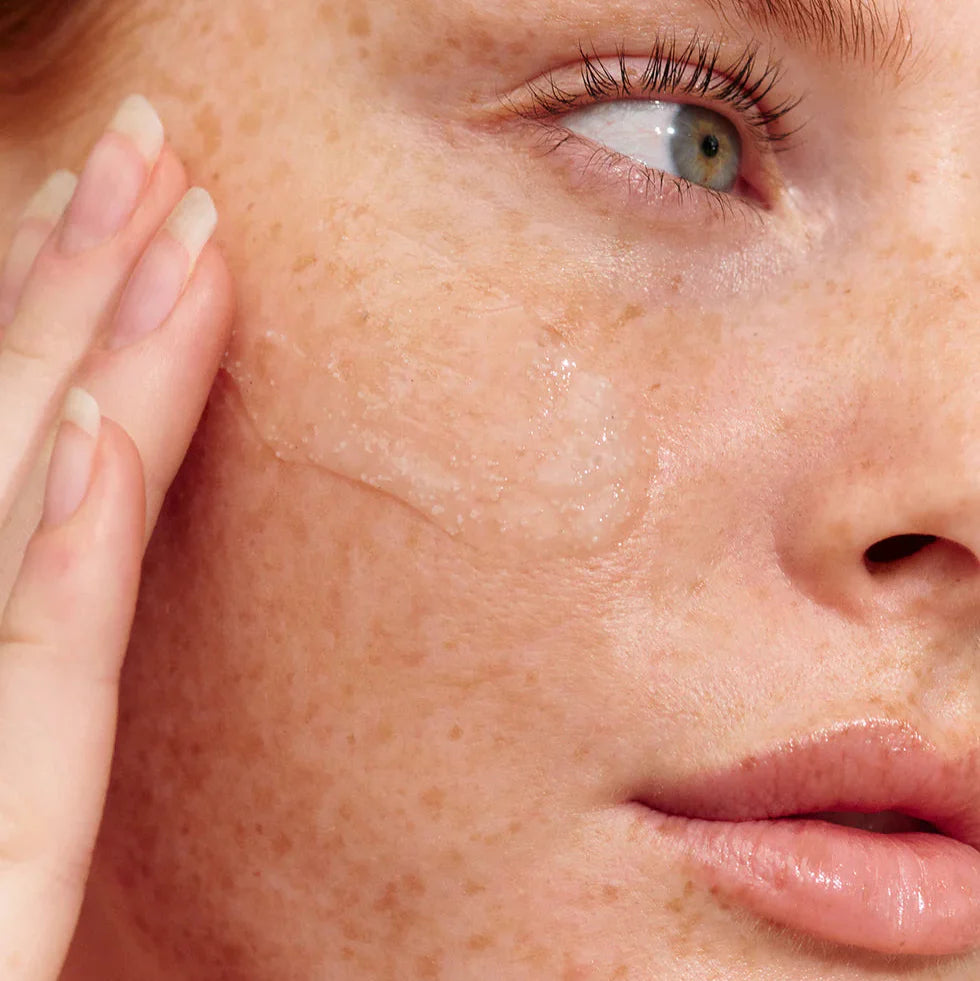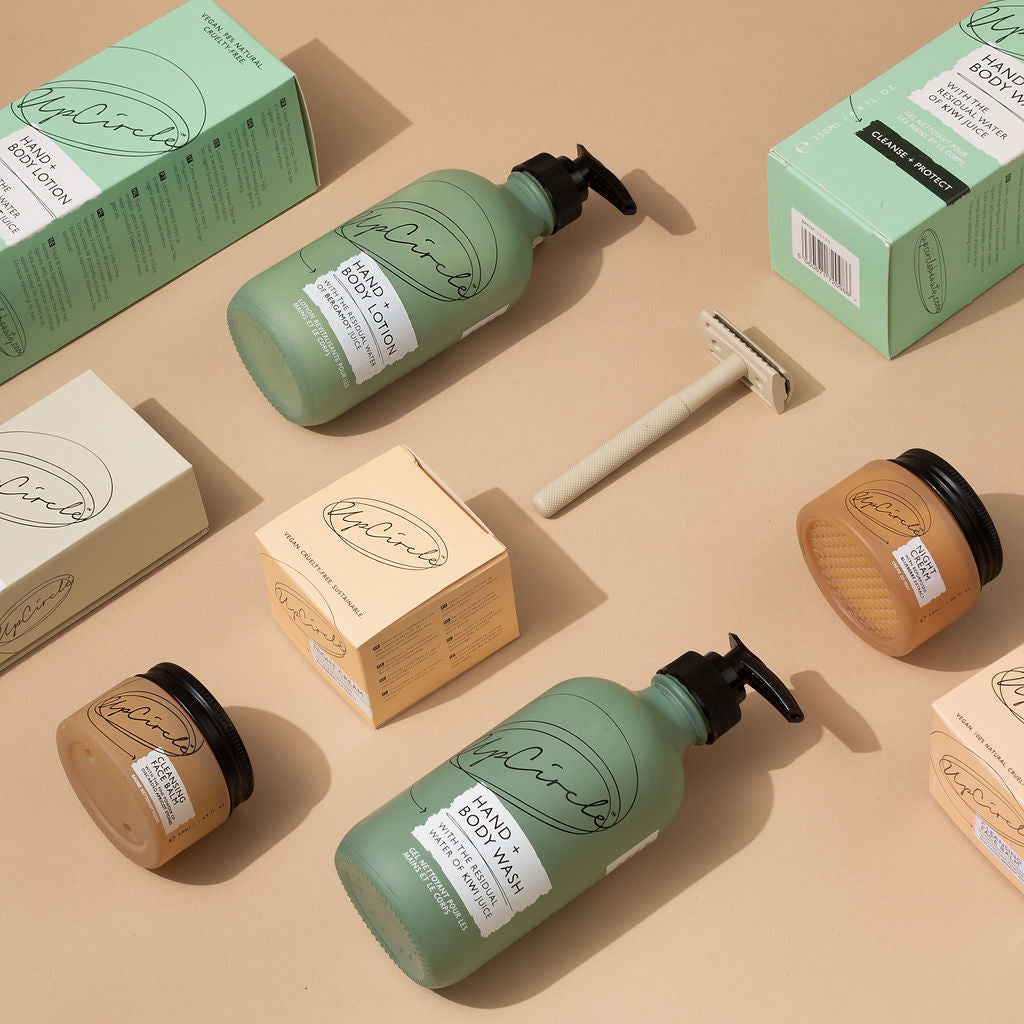
What is the difference between an exfoliant, peeling and scrub?
What is the difference between an exfoliant, peeling and scrub?
The terms exfoliant , peeling and scrub are often confused. Terms such as chemical peeling , bio peeling and fruit acid peeling also regularly cause confusion. What do these products mean and when do you use them? We explain the difference clearly!
What is an exfoliant?
An exfoliant is a product that removes dead skin cells by loosening them, while at the same time deeply cleansing the skin and pores. The active ingredients in an exfoliant are always fruit acids. These acids are divided into two groups: AHAs (water-soluble acids) and BHAs (oil-soluble acids).
AHAs are suitable for:
- Dry, normal or sensitive skin
- Skin with pigmentation problems
Commonly used AHAs are glycolic acid, lactic acid, mandelic acid, and vitamin C (ascorbic acid).
BHAs , such as salicylic acid, are ideal for:
- Oily skin types
- Deep cleansing of sebum in the pores
Want to know more about the difference between AHAs and BHAs? Read our blog: "What is the difference between AHA and BHA?"
Why exfoliate?
Regular exfoliation is important for healthy skin. It removes dead skin cells, smoothes the skin and stimulates the absorption of active ingredients. Benefits of exfoliation include:
- Smoother skin and reduction of rough spots
- Reduced visibility of fine lines and wrinkles
- A more radiant complexion
- Reduction of pigment spots and deeply cleaned pores (with BHAs)
How do you use an exfoliant?
You can use an exfoliant in three simple steps:
Step 1: Cleanse the skin thoroughly
Use a cleanser and possibly a facial toner to prepare the skin.
Step 2: Apply the exfoliant 2-3 times a week
Apply a thin layer to skin (avoiding eye area). Most exfoliants do not need to be rinsed off, but always follow the product instructions.
- Use AHAs (such as glycolic acid) for dry, normal or mature skin.
- Use BHAs (such as salicylic acid) for oily skin.
Step 3: Protect your skin with SPF
After exfoliation, the skin is more sensitive to sunlight. Always use a sunscreen with at least factor 30 during the day to prevent damage.
What is a peeling?
A peeling is essentially the same as an exfoliant and is also called a chemical peel. Both an exfoliant and a peeling work with fruit acids (AHAs or BHAs) to remove dead skin cells without damaging the skin unnecessarily.
There are also other forms, such as the bio peeling , which works with herbs, seaweed and algae to regenerate and restore the skin from within.
What is a scrub?
A scrub works differently than a peeling or exfoliant. It does not contain fruit acids, but fine or coarse particles to mechanically remove dead skin cells.
- Fine grain : Suitable for sensitive skin
- Coarse grain : For a thicker skin texture
Please note: Excessive scrubbing or using particles that are too coarse can damage the skin.
Conclusion: peeling vs. exfoliant vs. scrub
- A peel and an exfoliant are chemical methods to remove dead skin cells using fruit acids (AHAs and BHAs).
- A scrub removes dead skin cells mechanically with granules.
While all three products contribute to smoother skin, exfoliants and peels are generally gentler and more effective in the long term.


